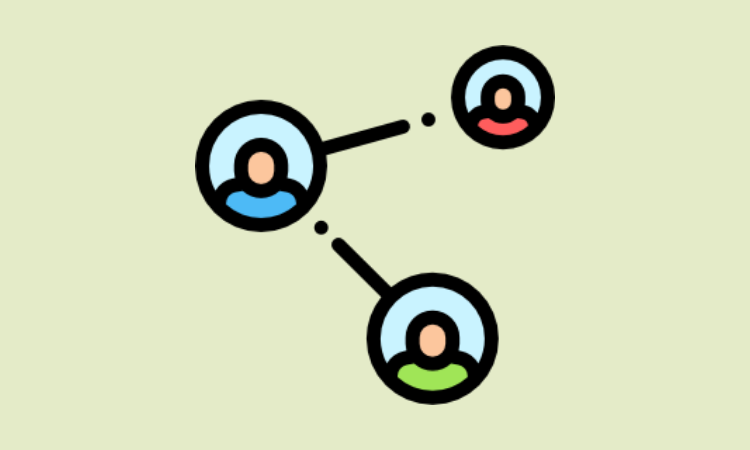Member Exclusive, Podcasts
‘It’s been an opportunity for FIs to pivot to our work-from-home, yoga-pants world’: Slack’s Ali Rayl
- Slack has been working in the financial services industry for years.
- The communications platform has made strides in helping FIs communicate internally and externally with partners, vendors, and customers.








